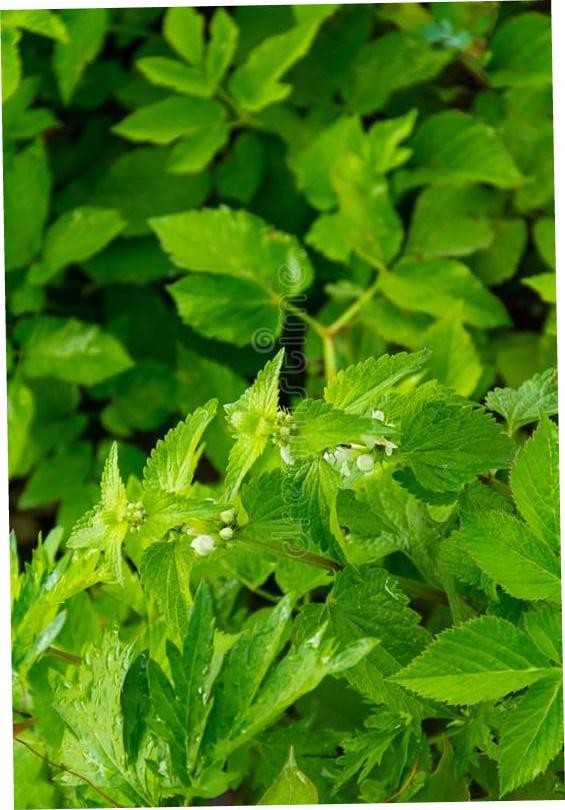White nettle
(Lamium flexuosum flexuosum)

Description
Lamium album, commonly called white nettle or white dead-nettle, is a flowering plant in the family Lamiaceae. It is native throughout Europe and Asia, growing in a variety of habitats from open grassland to woodland, generally on moist, fertile soils. L. album is an herbaceous perennial plant growing to 50–100 cm (20–39 in) tall, with green, four-angled stems. The leaves are 3–8 cm (1.2–3.1 in) long and 2–5 cm (0.79–1.97 in) broad, triangular with a rounded base, softly hairy, and with a serrated margin and a petiole up to 5 cm (2.0 in) long; like many other members of the Lamiaceae, they appear superficially similar to those of the stinging nettle (Urtica dioica) but do not sting, hence the common name "dead-nettle". The flowers are white, produced in whorls ('verticillasters') on the upper part of the stem, the individual flowers 1.5–2.5 cm (0.59–0.98 in) long. The flowers are visited by many types of insects, but mostly by long-tongued insects, like bees. L. album is native to Eurasia, from Ireland in the West to Japan in the East. It occurs as two subspecies, subsp. album in the western range and subsp. barbatum in the far east of mainland Asia and in Japan. It is common in England, rare in the west, and in north Scotland and introduced in eastern Ireland. L. album was introduced to North America, where it is widely naturalized.
Taxonomic tree:







